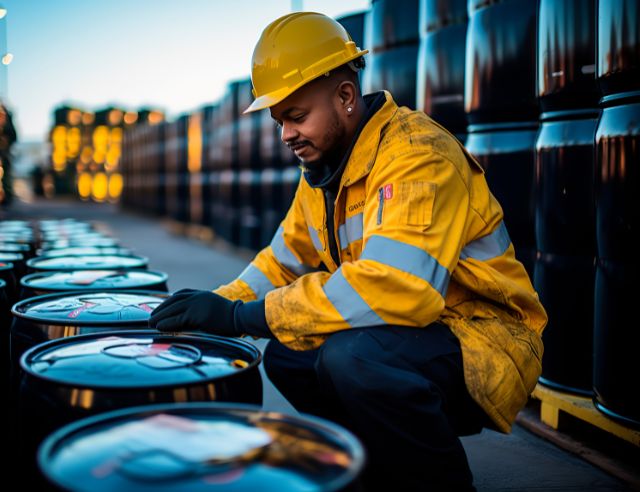
The oil and gas industry is one of the most important and high-risk industries in the world, as it significantly contributes to global energy production and economic development. Safety is a critical issue that presents a challenge to industrial workers, businesses, and crews alike in this industry. Here, we’ll highlight some significant hazards in the oil and gas industry and outline steps on how to deal with them.
The foremost step in dealing with hazards in the oil and gas industry is identifying them and assessing the risks they pose. There are various ways of doing this, including a risk assessment process, which involves hazard analysis, risk analysis, and risk evaluation. This process helps determine the likelihood and impact of a hazard occurring and categorizes risks in terms of their potential severity and likelihood of occurrence.
Personal protective equipment (PPE) is critical in the oil and gas industry, and all employees must wear it correctly to ensure their safety when exposed to hazards or dangerous conditions. Typical PPE includes safety helmets, protective gloves, safety glasses, and safety boots. Employers are responsible for providing appropriate PPE, ensuring it fits properly, and regularly maintaining it for as long as it’s in use. Businesses should consider the advantages of a work uniform program to keep employees safe and morale high.
Oil and gas operations use a broad range of hazardous chemicals from drilling to completion. Therefore, it’s vital to handle them safely, particularly when transporting and storing them. Adequate chemical management involves properly labeling, transporting, storing, handling, and disposing of harmful substances. In addition, proper emergency response procedures must be in place in case of an accident.
Electrical hazards are common in the oil and gas industry due to the presence of live equipment. Poorly maintained or operated machinery, overloaded systems, and wiring defects can lead to electrocution, fires, and explosions. Therefore, proper electrical safety measures, including inspection and maintenance procedures, grounding, and circuit protection, must be implemented. Safety tips for welding in the oil and gas industry often highlight the dangers of sparks, which can ignite and become a significant risk to others.
Providing comprehensive and continuous employee training is crucial to ensure safety in the oil and gas industry. Training should include hazard identification, first aid training, and emergency response procedures. Furthermore, employees must be aware of the various hazards that exist in the industry, how to avoid them, and what to do in case of an accident. They should also clearly grasp how to communicate and work safely with others.
The oil and gas industry presents several safety hazards and risks that must be adequately dealt with to ensure maximum safety. Dealing with hazards in the oil and gas industry can be challenging, but these tips will help employers create safer workplaces and protect employees and crew members from harm.
24World Media does not take any responsibility of the information you see on this page. The content this page contains is from independent third-party content provider. If you have any concerns regarding the content, please free to write us here: contact@24worldmedia.com